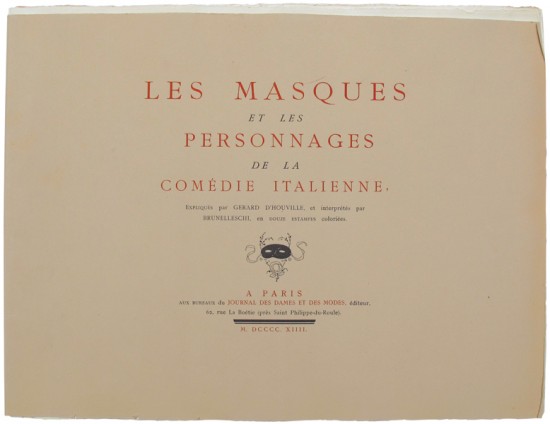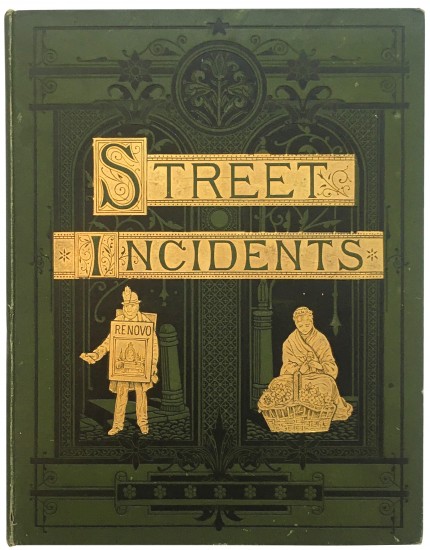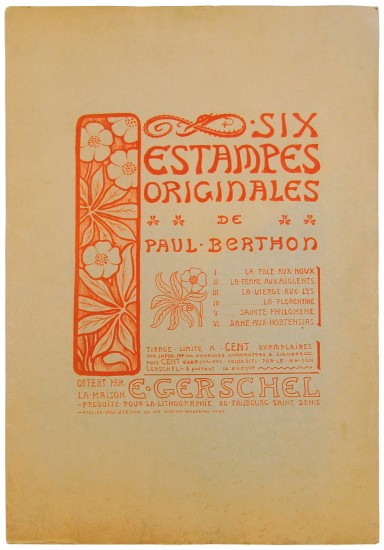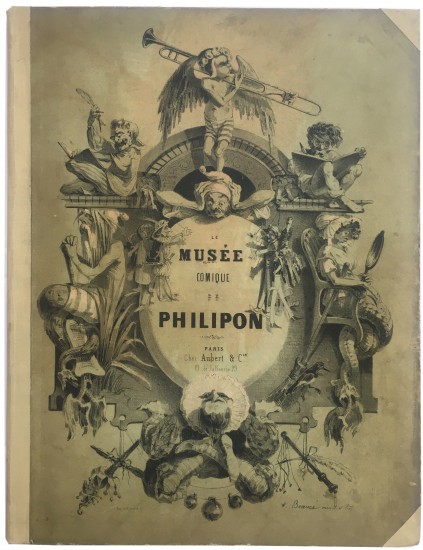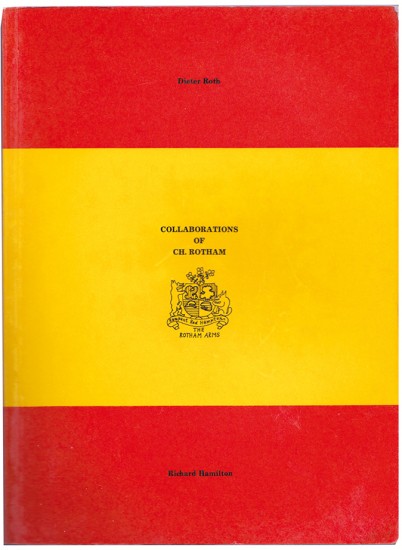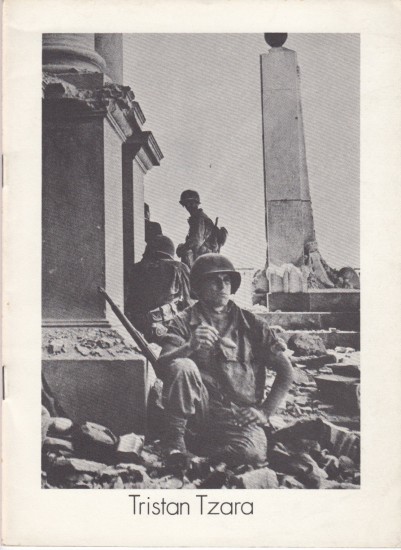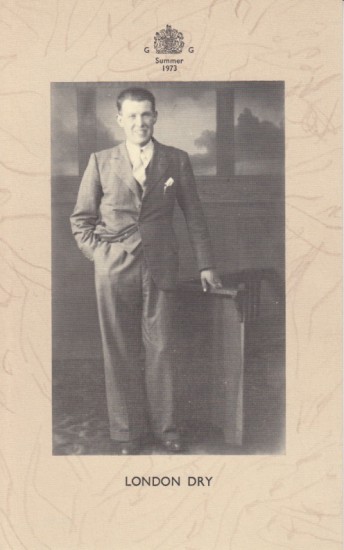Egypt & Nubia, from drawings made on the spot by David Roberts, R. A. ... with Historical Descriptions by William Brockedon
Roberts, David
London. F. B. Moon. 1846–1849
Sold
The most desirable issue of the first edition of Robert's monumental work, with the plates coloured by hand and mounted on card.
Roberts also issued a companion work, in three volumes, on the Holy Land, Syria, Idumea, Arabia (1842-1845). The work - together with the companion volumes - was issued in 41 parts over 7 years in 2 states: tinted and coloured and mounted on card; the two works were offered as separate publications, as here, or together as a single six volume set.
Both works were beautifully lithographed by Louis Haghe, to whom Roberts paid tribute in glowing terms: 'Haghe has not only surpassed himself, but all that has hitherto been done of a similar nature. He has rendered the views in a style clear, simple and unlaboured, with a masterly vigour and boldness which none but a painter like him could have transferred to stone', while Abbey regarded the work as 'one of the most important and elaborate ventures of nineteenth-century publishing, and ... the apotheosis on the tinted lithograph.' (Abbey).
David Roberts was born at Stockbridge near Edinburgh, and at the early age of 10 apprenticed to Gavin Buego, a house painter. He continued to work for Buego after his apprenticeship carrying out work on imitation stonework and panelling at Scone Palace and Abercairney Abbey. By 1818 Roberts had become assistant scene painter at the Pantheon theatre in Edinburgh, moving on to theatres in Glasgow and finally in late 1821 to Drury Lane theatre in London, where he worked with Clarkson Stanfield. Both artists exhibited at the Society of British Artists, Royal Academy and British Institution, and by 1830 Roberts was firmly established as a topographical artist and was able to give up his theatre work. In these early years he toured the Continent and Scotland, and in 1832-33 visited Spain. In 1838 he made plans for his journey to the Near East, inspired by a love of artistic adventure; departing in August 1839 for Alexandria, he spent the remaining part of the year in Cairo, visiting the numerous tombs and sites. In February of the following year he set out to cross the desert for the Holy Land by way of Suez, Mount Sinai and Petra arriving in Gaza, and then on to Jerusalem, concluding his tour spending several months visiting the biblical sites of the Holy Land, and finally returning to England at the end of 1839. The drawings of his tour were submitted to F.G. Moon in 1840 who arranged to bring out a work illustrative of Scripture History, paying Roberts £3,000 for the copyright of the sketches, and for his labour in supervising Louis Haghe's lithography.
[PROVENANCE: Gilt initials to each upper board: 'V. I. H.'; armorial bookplate of 'Evan Charles Sutherland-Walker' to front pastedown of each volume].
[Abbey Travel 272; Tooley 401; Blackmer 1432; Rohrict 1984; Tobler p. 229; Gay 25].
Roberts also issued a companion work, in three volumes, on the Holy Land, Syria, Idumea, Arabia (1842-1845). The work - together with the companion volumes - was issued in 41 parts over 7 years in 2 states: tinted and coloured and mounted on card; the two works were offered as separate publications, as here, or together as a single six volume set.
Both works were beautifully lithographed by Louis Haghe, to whom Roberts paid tribute in glowing terms: 'Haghe has not only surpassed himself, but all that has hitherto been done of a similar nature. He has rendered the views in a style clear, simple and unlaboured, with a masterly vigour and boldness which none but a painter like him could have transferred to stone', while Abbey regarded the work as 'one of the most important and elaborate ventures of nineteenth-century publishing, and ... the apotheosis on the tinted lithograph.' (Abbey).
David Roberts was born at Stockbridge near Edinburgh, and at the early age of 10 apprenticed to Gavin Buego, a house painter. He continued to work for Buego after his apprenticeship carrying out work on imitation stonework and panelling at Scone Palace and Abercairney Abbey. By 1818 Roberts had become assistant scene painter at the Pantheon theatre in Edinburgh, moving on to theatres in Glasgow and finally in late 1821 to Drury Lane theatre in London, where he worked with Clarkson Stanfield. Both artists exhibited at the Society of British Artists, Royal Academy and British Institution, and by 1830 Roberts was firmly established as a topographical artist and was able to give up his theatre work. In these early years he toured the Continent and Scotland, and in 1832-33 visited Spain. In 1838 he made plans for his journey to the Near East, inspired by a love of artistic adventure; departing in August 1839 for Alexandria, he spent the remaining part of the year in Cairo, visiting the numerous tombs and sites. In February of the following year he set out to cross the desert for the Holy Land by way of Suez, Mount Sinai and Petra arriving in Gaza, and then on to Jerusalem, concluding his tour spending several months visiting the biblical sites of the Holy Land, and finally returning to England at the end of 1839. The drawings of his tour were submitted to F.G. Moon in 1840 who arranged to bring out a work illustrative of Scripture History, paying Roberts £3,000 for the copyright of the sketches, and for his labour in supervising Louis Haghe's lithography.
[PROVENANCE: Gilt initials to each upper board: 'V. I. H.'; armorial bookplate of 'Evan Charles Sutherland-Walker' to front pastedown of each volume].
[Abbey Travel 272; Tooley 401; Blackmer 1432; Rohrict 1984; Tobler p. 229; Gay 25].
3 vols. Large folio. Lithograph vignette title to each volume and 121 lithograph plates on India paper (61 full-page, 60 half-page vignettes), all drawn on stone by Louis Haghe after David Roberts, one engraved map, each with explanatory text and coloured by hand and mounted on card. Full contemporary midnight blue crushed morocco, boards with large highly elaborate decorative gilt borders employing multiple decorative tools (thistles, pineapples and so on), banded spines with gilt tiles and elaborate gilt decoration in six compartments, board edges and turn-ins with decorative tooling in gilt, marbled endpapers, a.e.g., each volume with later wool-lined marbled board slipcase.
#40512



